New Super Mario Bros. U Review
|
|
See PixlBit's Review Policies

On 12/29/2012 at 04:09 PM by Nick DiMola Lighting effects in a Mario game are still kind of weird to see. |

For everyone, particularly those who aren't fatigued by the series.
Being the fourth entry in the series, prepending “New” to the title seems disingenuous. Despite tossing in a new power-up in the form of a flying squirrel suit, New Super Mario Bros. U is more of the same tried-and-true gameplay the series is known for. Don’t get me wrong, this is not a bad thing, but it’s hard not to feel some fatigue with the now familiar art style, level layout, and presentation. Despite this fatigue, there’s little question that New Super Mario Bros. U is the strongest title in the subseries and a fond callback to both Super Mario Bros. 3 and Super Mario World.
While there’s not much new this time around, New Super Mario Bros. U does have a few tricks up its sleeve. Most notably, the now interconnected and seamless game world is a vast improvement over the blander, linear world structures featured in past games.
With the addition of the Wii U GamePad as a new means of control, we see the introduction of the inventive Boost Mode. Here, a player mans a Wii Remote to control Mario, while a second player helms the GamePad, dropping blocks to assist the player in reaching spots on the map more easily, or saving them from inevitable death. The boost ability plays a bigger role in speed runs, allowing players to synergize and in many cases, avoid the level structures in place and make a much more direct path to the finish line.
Challenge mode signifies the last major addition to the experience, which was clearly made with the advanced gamer in mind. These brutal challenges require players to do things like earn a 5up by landing a continuous jump from enemy to enemy or reach the finish line before the timer runs out. From the outset, these challenges will give the best of players a run for their money and they only become more difficult as you progress.
The flying squirrel suit definitely marks one of the better power-ups we’ve seen in recent years. Not totally unlike the cape from Super Mario World, the suit allows you to leisurely glide around, make a single quick vertical climb, and cling to walls until you decide to travel onward. Complementing the suit is a set of baby yoshis that aren’t entirely unlike suits themselves. The pink yoshi works similarly to the propeller suit, the blue one lets you blow out bubbles the encapsulate enemies and afford Mario an item to jump off of, while the yellow one provides light in darkened areas. These new yoshis don’t play a sizable role in the game and in general are far less interesting than the default green yoshi who makes a minor appearance this time around as well.
Like New Super Mario Bros. Wii, U allows up to four (five, if you count a boost participant) to take on the mainline quest. While fun in a party setting, the chaotic nature doesn’t lend itself well to making serious progress in the quest. However, if you decide to go it alone, you’re guaranteed to have a good time – after all, the levels seem to be built with just one participant in mind.
If you had the opportunity to play New Super Mario Bros. 2 and left the experience with a bad taste in your mouth, have no fear. New Super Mario Bros. U was clearly built by the “A” team and it offers a wealth of enjoyable platforming challenges and unique level designs. The ghost houses stick out as some of the more memorable experiences along the way, but there’s a healthy helping of other levels that break new ground for the series.
Van Gogh’s Starry Night inspires the design of one of the levels in the game, which is a real treat, while others have Mario swimming through suspended water bubbles or riding coasters in a darkened cave. Between the varied landscapes and levels without traditional roots, New Super Mario Bros. U easily stands out from its predecessors.
Ultimately this originality helps carry the game and keep those of us who have been around for all four games interested. Unfortunately, there’s not much challenge in completing the majority of the levels or in finding the three hidden coins. Surprisingly enough, the greatest challenge this time around is pinpointing the many secret exits that lead to both special levels or to shortcuts across worlds. It’s extremely satisfying to find a well-hidden exit that results in a radical transformation of the world as a new path is either built or carved out from the existing world landscape.
Fans of Super Mario World will be happy to see the return of the Star Road and even happier to discover the bonuses that are unlocked upon the completion of levels within. This bonus world provides incentive to pass through the levels and discover the few coins you likely missed the first time around.
What’s more interesting than expected given the fairly generic art style is how great the game looks. Between the crisp backgrounds and the glow of real time lighting on Mario as he passes through the levels, it’s evident that this is truly an HD Mario – a first of its kind.
If it’s not completely obvious, I greatly enjoyed my time with New Super Mario Bros. U; unfortunately it’s just a bit too similar to the New Super Mario Bros. titles that have come before it. The additions featured here go a long way, but I hope that Nintendo ends the subseries on this high note and opts for a fresh new design. In the meantime, New Super Mario Bros. U is one of the strongest launch titles on the Wii U and one of the best platformers of the year.


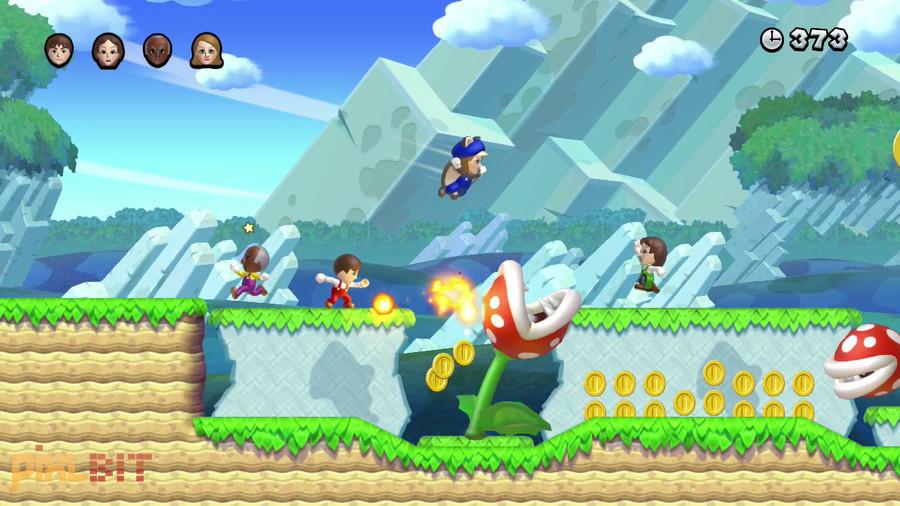
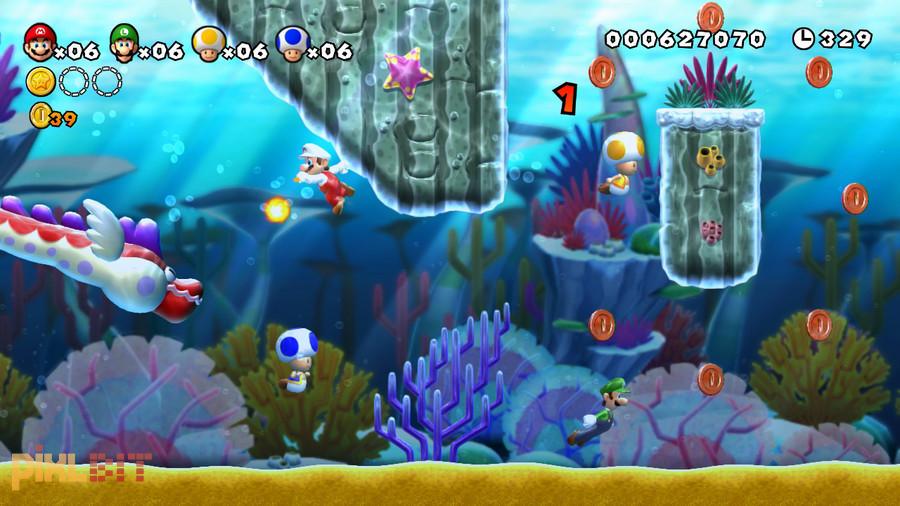
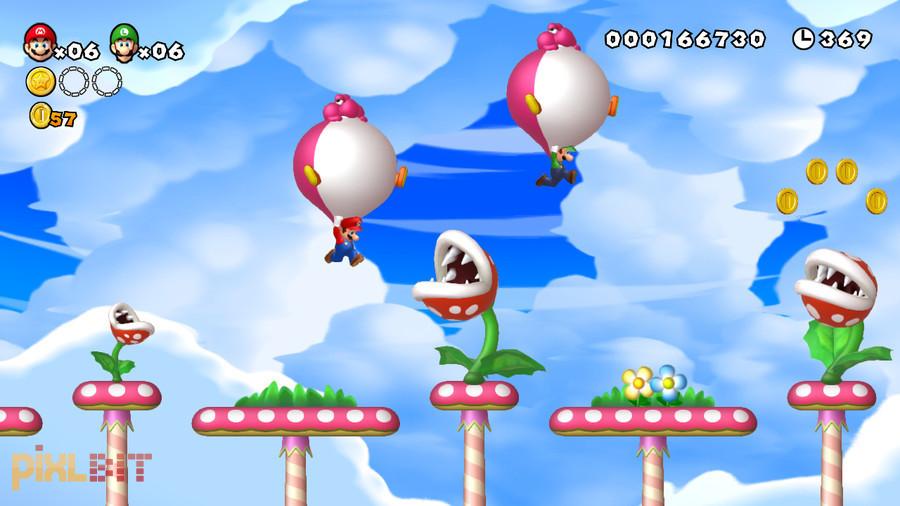
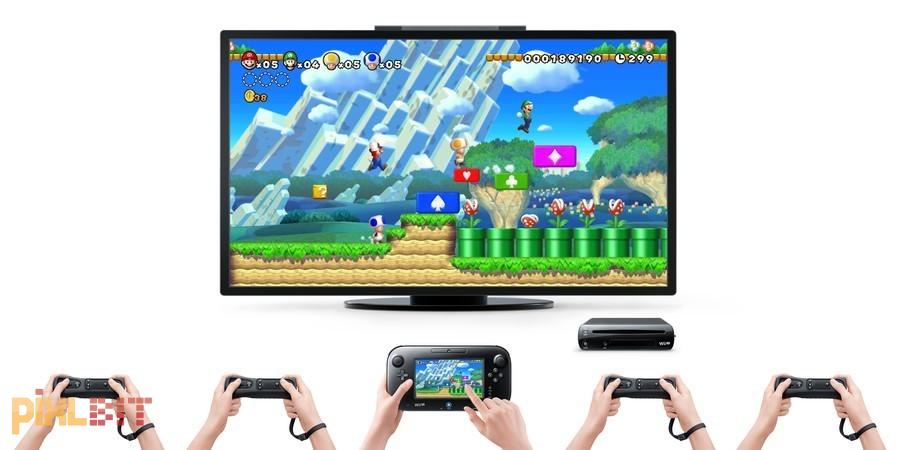






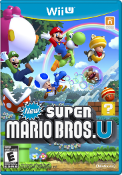


Comments